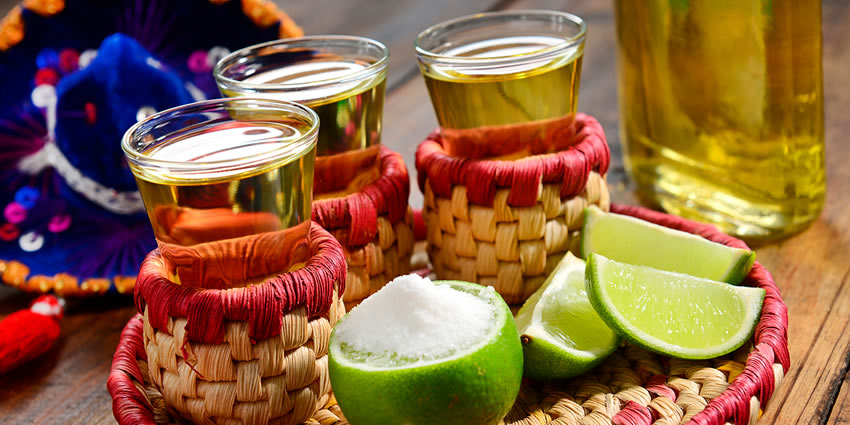
Most famous typical Mexican drinks
Mexico is a country well known internationally for its exquisite gastronomy, rich in ingredients and spices, with a great historical and cultural background.
When people visit Mexico, trying the typical dishes is quite an experience, but traditional drinks are not far behind, as they are also basic elements of Mexican cuisine.
From the world-renowned tequila to the wide variety of fresh waters, Mexican drinks are delicious and that is why they are always present on the table, either during the festivities or on a daily basis.
The well-known Mexican drink is tequila, which is one that has been exported the most abroad.
However, Mexico has a long list of drinks steeped in tradition and folklore. There is a list of the most popular drinks around the country, so you know which ones you still have to taste.
Tequila
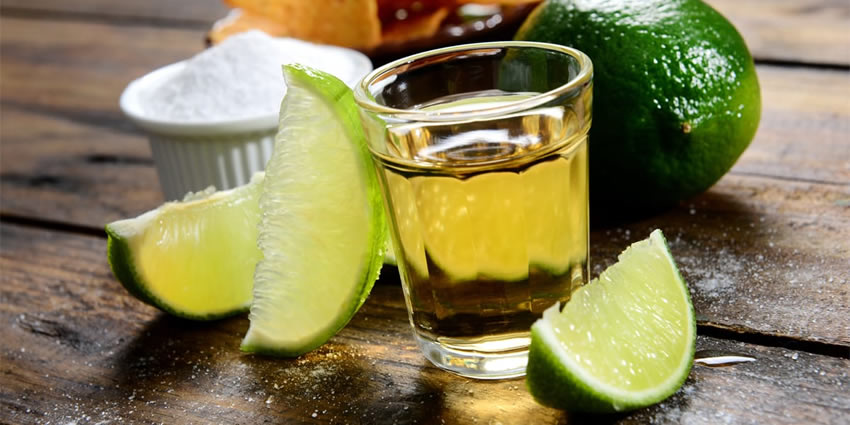
On the international scene, tequila is known as the most representative drink in Mexico and there are already several countries to which it is exported, such as the United States and Germany.
Tequila is made through the fermentation and exclusive distillation of the “blue agave” or “agave tequilana” and takes its name from Tequila, a region of Jalisco where this Mexican liquor is made.
One of the most popular and traditional ways to enjoy it is to drink tequila with salt and lemon. For this, a “shot” or “caballito” is prepared, which is nothing more than a small glass filled to the brim with this liquor.
This is taken all at once and sucked on a lemon with salt. But it is also a base ingredient for preparing a wide variety of cocktails that are well known, such as the “jarrito”, the “margarita”, the “pigeon”, etc.
Mezcal
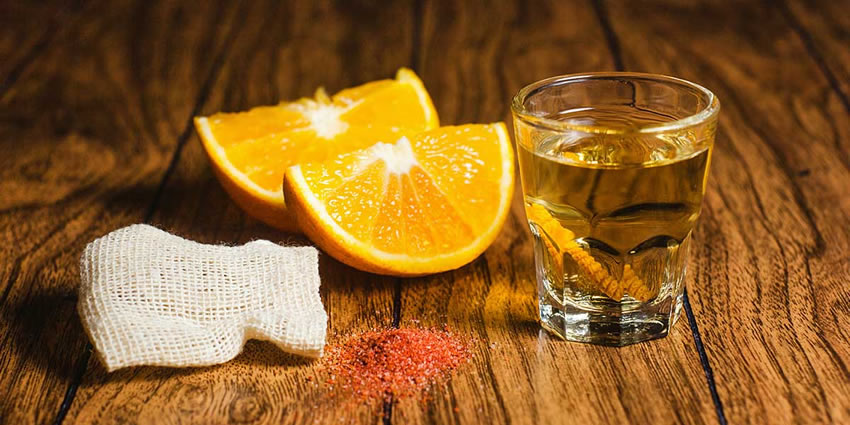
Mezcal is a traditional Mexican drink that is made by distilling agave and unlike tequila, it is organic, handmade, and can come from more than 50 varieties of agave, while tequila is only from blue agave.
It is traditionally accompanied by slices of sour orange, sometimes sprinkled with worm salt.
Ponche de Frutas – Fruit punch
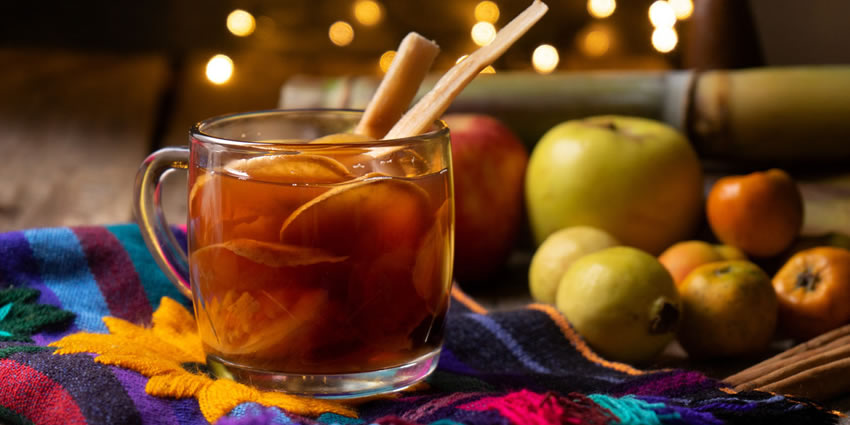
Also known as Christmas punch, this infusion is prepared mainly during the holidays: posadas, Christmas, and the celebration of the new year. To make this sweet drink, spices and seasonal fruits are left to boil over low heat until the fruit softens and the water begins to boil.
Depending on the region of the country, the ingredients of this traditional drink may vary a bit, but it usually includes apple, sugar cane, tejocote, guava, prune, jamaica flower, and tamarind.
To give it its characteristic flavor, piloncillo, cinnamon, cloves, and sometimes star anise or chamomile are used.
Michelada
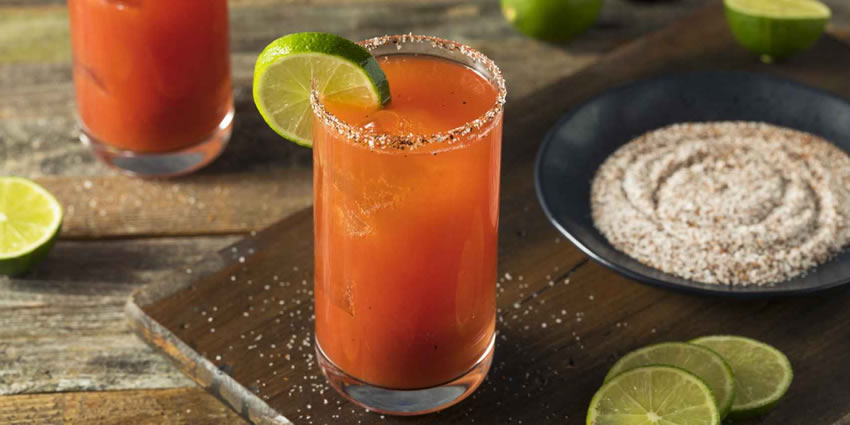
Although tequila is the drink that other countries associate with Mexico, beer is perhaps the most consumed by Mexicans. Whether dark or light, commercial or artisanal, this alcoholic beverage is the one that many prefer in their glass.
But the favorite way to enjoy beer is in a michelada, which is a mix of lime juice, salt, Worcestershire sauce, Maggi juice, and chili. Currently, there are elaborated versions, in addition to the classic ingredients, with fruit pulp, such as the tamarind michelada or the mango michelada.
Atole
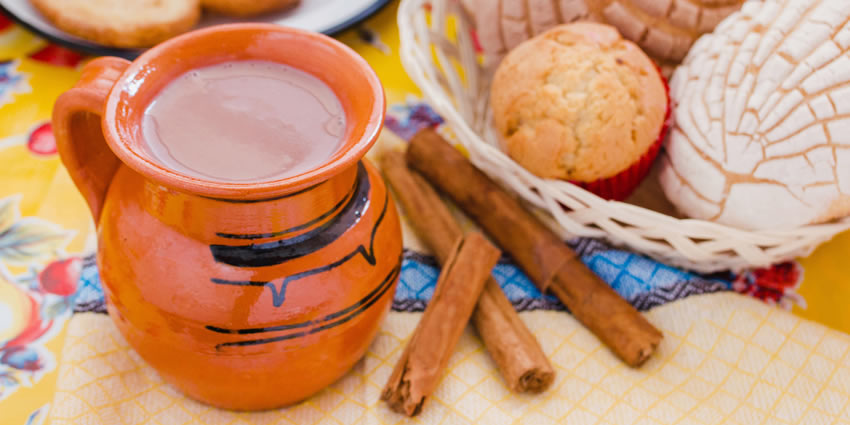
This concoction of pre-Hispanic origin was prepared only with nixtamalized corn and water, but after the arrival of the Spaniards, it underwent changes in its preparation, as it began to be mixed with milk and other ingredients.
The atole can be found with different flavorings or spices, such as vanilla, cinnamon, chocolate, strawberry, tangerine, coffee, or others.
One way to prepare it is by boiling milk with a little cornstarch, water, vanilla extract, sea salt, and sugar. But you can also find powdered atole presentations that only need water or milk and are ready to drink.
Pulque
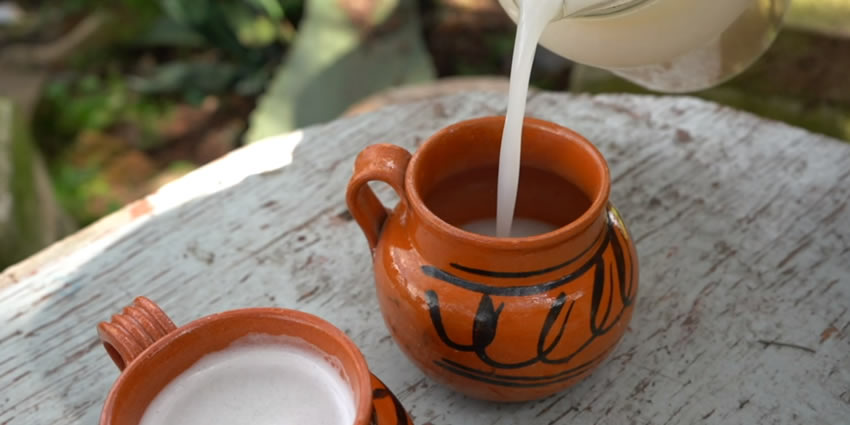
Pulque is a thick and intoxicating drink of pre-Hispanic origin that is made by fermenting the sap, also known as “aguamiel”, of the “maguey pulquero” plant.
Its production process is quite particular and elaborate, from the extraction of the sap to its fermentation in a vat for 24 hours.
This drink can be found in pulquerías, where it is enjoyed raw or cured, that is, flavored with fruit.
Agua de Jamaica – Jamaica’s water (Mexican Hibiscus Tea)
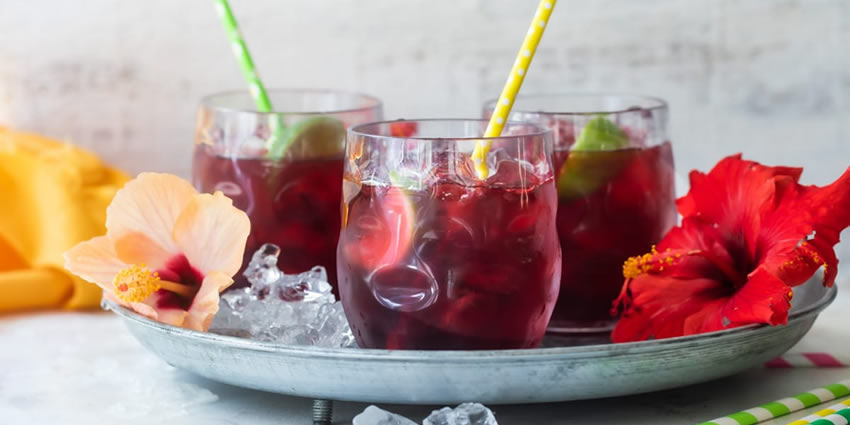
Not all Mexican drinks are intoxicating, fresh waters such as jamaica are very popular throughout Mexico but also in other parts of the world such as Jamaica, Africa, and the United States. In restaurants, it is normal to find it to complement any meal, from breakfast to dinner.
In Mexico, this infusion is one of the most consumed and is prepared by boiling water with roselle flowers (Hibiscus Sabdariffa), then strained to separate, and sweetened to taste with sugar.
Depending on the preparation, more water may be added to dilute, but in other parts of the world, ingredients such as ginger or cloves may be added.
Although it has a slightly tart flavor, which is why it is usually sweetened to soften it, this drink is very refreshing when taken cold, but can also be enjoyed hot when brewed as a tea.
It is also popular for its health benefits, such as being a natural diuretic, treating blood pressure, and its rich content of vitamins, antioxidants, and minerals. In these cases, it is recommended to consume it without sugar to preserve its properties.
Agua de Horchata – Horchata water

Horchata is a drink that has its roots in Spain, where it is made with tiger nuts, but in Mexico, it has its own version called horchata water, only that it is prepared with rice flour and is one of the fresh waters most popular to accompany typical food.
The ingredients to make it are commonly rice, milk, cinnamon, and sugar. But if you don’t want to prepare it from scratch, you can always get concentrated syrups that only need water to be ready.
Although there are other varieties that are prepared with coconut or almonds to create a new flavor.
Pozol

Corn, cocoa, and cold water are the basis for preparing pozol, a very popular Mexican drink in southern Mexico. Of the pre-Hispanic origin and with roots in the Tabasco region, pozol spread throughout the country with the arrival of the Spanish.
Although the preparation with cocoa is one of the best known, there are other varieties of pozol, among them the sour pozol that is allowed to ferment, the pozol without cocoa, or the pozol with coconut.
Agua de Frutas – Fruit water
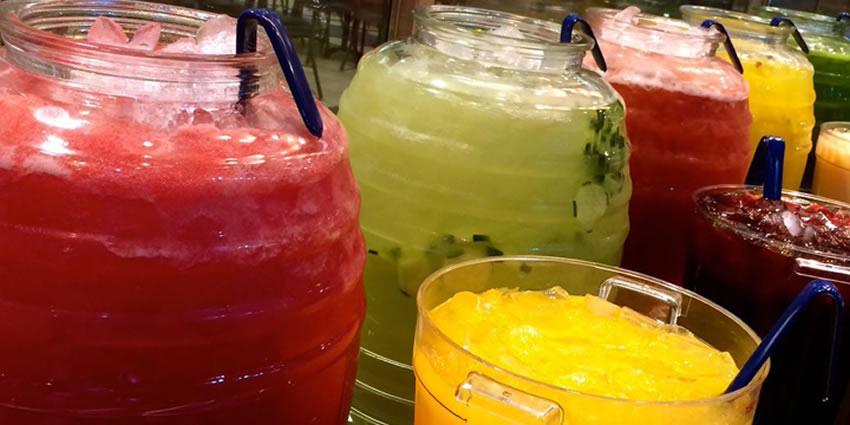
Among all the drinks in Mexico, the fresh waters are the classic companions of any traditional food dish.
Fruit waters are the perfect drinks to deal with the different climates that exist in the Mexican territory, as they are refreshing, healthy options and take advantage of seasonal fruits.
Some of the best-known fruit waters are:
- Watermelon water
- Tamarind water
- Guava water
- Orange water
- Melon water
Tejuino
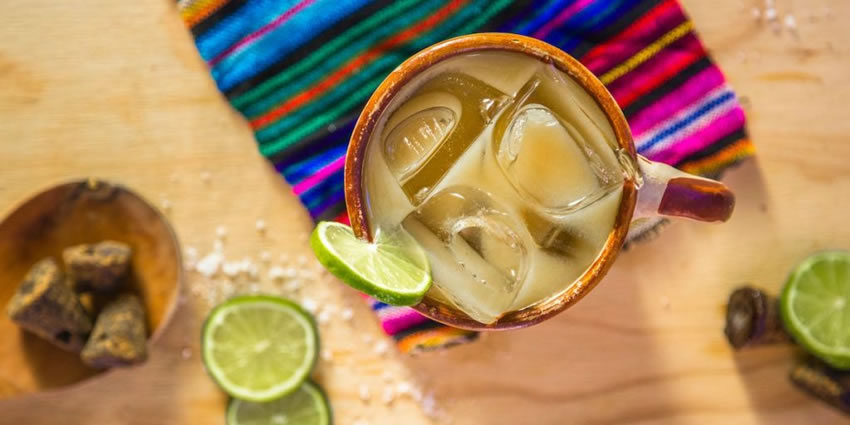
Another Mexican drink made with corn, in this case fermented, is “tejuino”. It is widely consumed in several states such as Nayarit, Veracruz, Colima, or Jalisco, but mainly in the west of the country.
It can be found in street stalls, either alone or prepared as ice cream, where it is sweetened with piloncillo, and served cold with salt, lemon, and chili.
One of the ways to make it is to grind the corn grains, which are then cooked, once cold, strained, fortified, and fermented in special pots for this purpose.
Sotol

Sotol is a brandy with a high percentage of alcohol that comes from the state of Chihuahua and still retains a traditional manufacturing process.
Made with the Dasylirión plant, it is distilled through a process similar to the one that mezcal goes through.
Xtabentun

This Yucatecan liquor has an aniseed flavor, has a Mayan origin, and is made from honey produced by bees with the xtabentún flower (Rivea Corymbosa). Although it is already a cocktail element, it was originally used as a digestif.
Tascalate
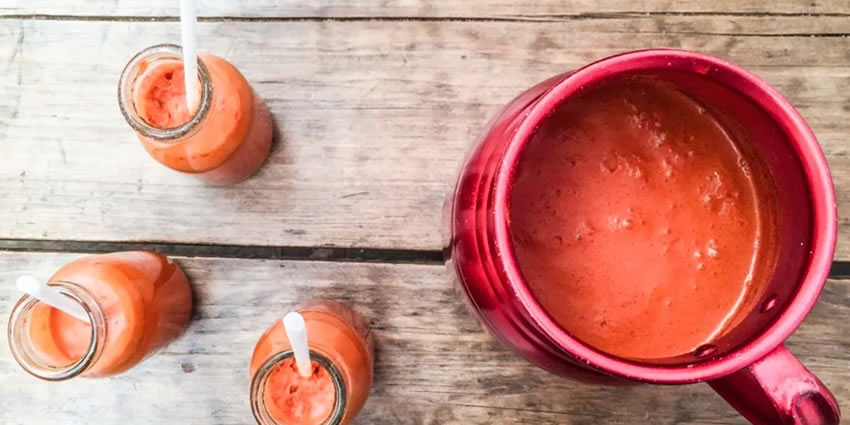
Concoctions prepared with corn are a constant in Mexico and this is the case with this pre-Columbian drink.
Tascalate or taxcalate is especially popular in Chiapas, but is also consumed in other states, and is made from roasted corn and flavored with achiote, chocolate, and sugar.
Cafe de Olla – Coffee pot
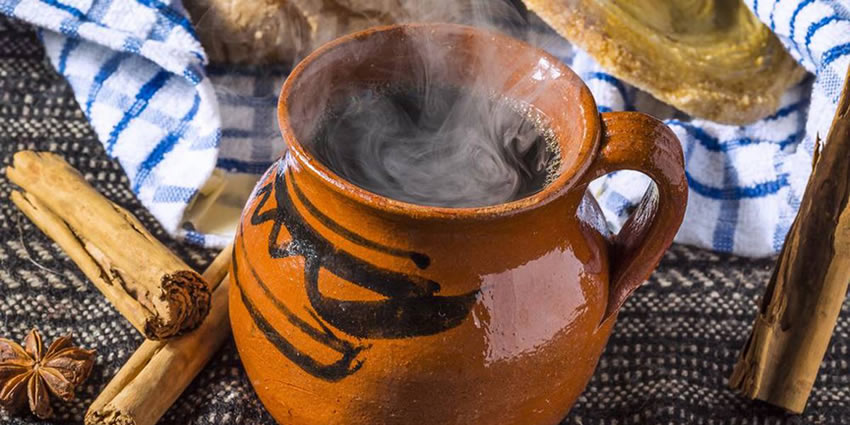
Coffee is a drink that is enjoyed all over the world, but in Mexico, there is a typical way of preparing it that gives it a particular and very comforting flavor that is used in cold climates.
It is traditionally made in a clay pot, which gives it its name, and piloncillo (panela) and cinnamon sticks are added. In some states, it is also supplemented with cloves, anise, dark chocolate, or even orange zest.
Champurrado
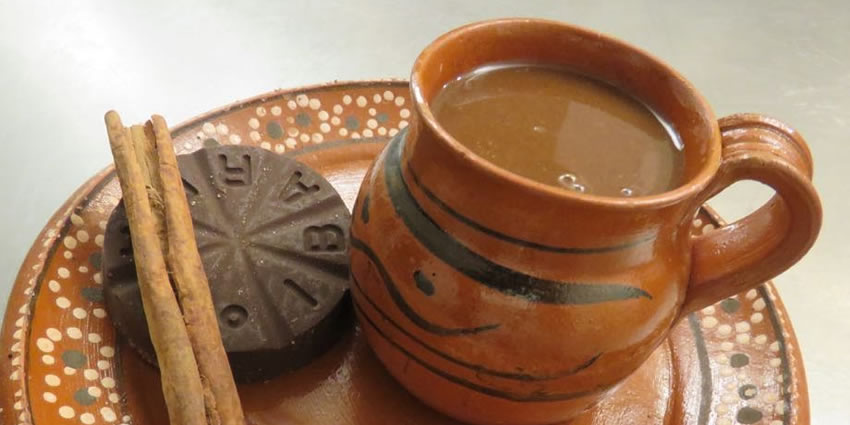
Champurrado is a typical Mexican drink that has its origins in pre-Hispanic times, as it is a derivative of atole. It is prepared with corn dough, which gives it its thick consistency, along with dark chocolate or directly with the cocoa beans.
Although it is similar to atole, they differ in several aspects, among which is that champurrado is still made with corn dough and only flavored with chocolate, while atole now has a base of flour or cornstarch, which is why it can be found in Various flavors.
Tepache

Another typical Mexican soft drink is tepache, which was formerly a concoction prepared with corn.
But today it is the name of freshwater that is prepared thanks to the fermentation of fruits, mainly the pineapple peel, although it can also be guava or apple, among other fruits.
It has a particular flavor, similar to beer but sweeter, which is the result of fermenting for a long period of time. To prepare your own tepache, you do not need many ingredients, since it is made with pineapple peel, water, and piloncillo.
Torito
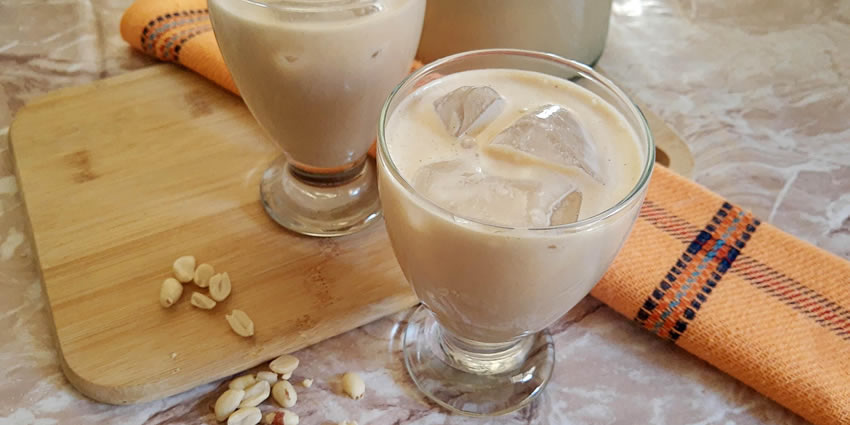
This intoxicating drink from Veracruz has a thick consistency and a sweet taste.
To make it, cane brandy is traditionally used, but it can be replaced with tequila or rum, the rest of the ingredients are condensed milk, evaporated milk, flavoring, and a splash of vanilla extract.
Although there are several flavors, such as coconut or nance, torito de cacahuate (“peanut butter”) is the most popular flavor.
Charanda

The charanda is obtained from the fermentation and distillation of sugar cane, its production process is very similar to that of rum, however, it contains a higher percentage of sugar.
This traditional drink from the state of Michoacán was originally called just “aguardiente”, but currently has a designation of origin, which identifies it as the cane distillate that is produced in some municipalities of Michoacán.
Chocolate Mexicano – Mexican chocolate
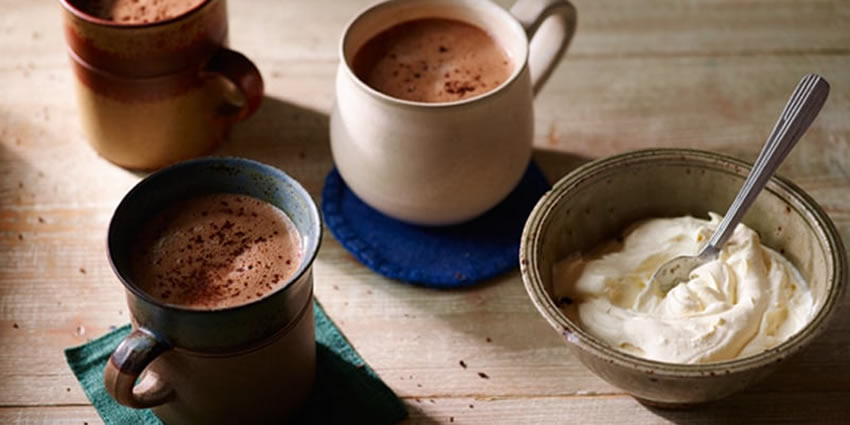
A comforting drink that cannot be missed in cold weather, and during celebrations such as Christmas, is hot chocolate.
Although chocolate is a food that has gone around the world, in Mexico it is prepared using a variety of spices, including vanilla and cinnamon, which differentiates it from other varieties of chocolate.
Let us know if this article was useful for you